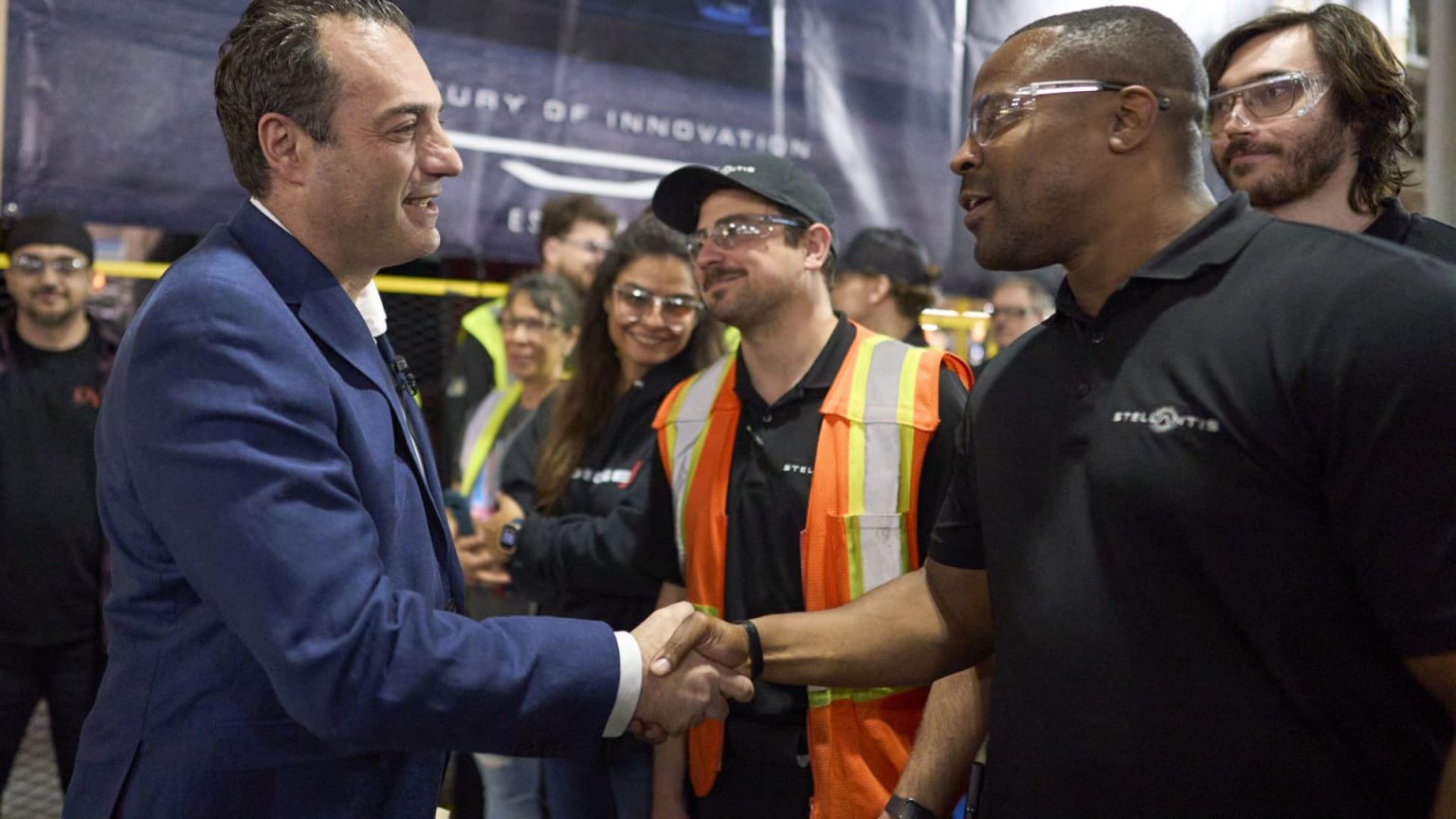After a notable career within Stellantis, Antonio Filosa has officially taken the helm of the global automaker, succeeding Carlos Tavares. Filosa’s leadership comes at a critical time, as he encounters numerous challenges, including mending relations with dealers and navigating the transition toward electrification. Known for his connection to the late Sergio Marchionne, a revered figure within the company, Filosa aims to revitalize Stellantis amidst declining sales and profit margins.
| Article Subheadings |
|---|
| 1) Transition of Leadership within Stellantis |
| 2) Challenges Faced by the New CEO |
| 3) The Importance of Relationship Building |
| 4) Financial Pressures and Market Dynamics |
| 5) Future Strategies for Success |
Transition of Leadership within Stellantis
Stellantis, the automotive entity formed from the merger of Fiat Chrysler Automobiles and the French PSA Group, is now under the leadership of Antonio Filosa. Having served in various roles within the organization for over 25 years, Filosa started from humble beginnings as a night shift paint shop supervisor in Spain, rising through the ranks to lead the company’s operations in the Americas. This transition marks a significant moment for Stellantis, especially as Filosa steps into a role that was recently occupied by Carlos Tavares, who resigned amid various challenges including declining sales and profitability. Filosa’s first public statement encapsulated the challenges he faces: “Mediocrity is not worth the trip,” reflecting both urgency and ambition.
Challenges Faced by the New CEO
As Filosa officially takes over as CEO, he faces a series of formidable challenges. Following Tavares’ resignation in December, Stellantis has been grappling with a significant decline in net profits—down by 70% last year. Experts believe that Filosa’s leadership will require a careful balance of innovation and control, especially during a time when the automotive industry is rapidly shifting toward electrification. The transition from traditional vehicles to hybrids and electric vehicles (EVs) will be pivotal. Filosa himself acknowledged this transition earlier this year, emphasizing that electric vehicles will play a crucial role in the future of the company and the industry as a whole.
The Importance of Relationship Building
Another critical aspect of Filosa’s leadership will be his ability to rebuild relationships that have suffered during Tavares’ tenure. Many employees expressed concerns about the company’s direction under Tavares, particularly regarding cuts and layoffs. Moreover, the Stellantis National Dealer Council had publicly criticized the previous administration, highlighting the precarious state of the dealer network. Filosa’s engaging leadership style, which has garnered him respect among both employees and dealers, will be essential in mending these relationships. He has indicated a readiness to engage in constructive discussions with stakeholders to address their concerns and collaborative efforts moving forward.
Financial Pressures and Market Dynamics
Financial pressures are mounting for Stellantis, highlighted by a concerning trend of declining sales—down 12.3% from 2021 to 2024. The reported sales downturn saw the company drop from fourth to sixth place in U.S. market rankings, leading to a waning market share from 11.6% to 8%. Industry observers note that Filosa’s immediate priority must be to reverse this trend, starting with the critical retail market in the U.S. He has emphasized the need for growth in retail sales, which serve as a benchmark for a company’s organic growth capability.
Future Strategies for Success
Looking ahead, Filosa’s focus will also encompass new product launches, such as the redesigned Jeep Cherokee and additional models in the Ram lineup, which are expected to boost sales. Analysts foresee that Filosa’s strategies could be key to revitalizing Stellantis’ fortunes, as the company’s revenue has shown fluctuations since its formation. The challenge will be not only to innovate but also to streamline the extensive portfolio of 14 automotive brands under Stellantis while navigating various regulatory challenges and economic uncertainties.
| No. | Key Points |
|---|---|
| 1 | Antonio Filosa has been named CEO of Stellantis, succeeding Carlos Tavares. |
| 2 | Stellantis faces significant challenges, including declining sales and profits. |
| 3 | Filosa aims to rebuild relationships with employees and dealers strained during Tavares’ tenure. |
| 4 | The company’s sales have declined significantly, leading to a loss in market position. |
| 5 | Future strategies will focus on new product launches and streamlining the brand portfolio. |
Summary
Filosa’s ascension to CEO of Stellantis comes at a crucial juncture for the company, as it seeks to recover from past leadership missteps while adapting to significant industry shifts. His previous experience within the organization and his understanding of various aspects of the business position him as a potentially effective leader. However, to implement lasting change and success, he will need to take decisive action in addressing financial challenges, leveraging his connections based on past relationships, and steering Stellantis toward a profitable electric future.
Frequently Asked Questions
Question: Who is Antonio Filosa?
Antonio Filosa is the newly appointed CEO of Stellantis, having previously served as the head of the company’s Americas operations.
Question: What challenges does Stellantis face under Filosa’s leadership?
Stellantis faces financial challenges characterized by declining sales and profit margins, damaged relations with dealers and employees, and the need for a successful transition to electric vehicles.
Question: How important is relationship building for the new CEO?
Relationship building is crucial for Filosa as he aims to restore trust and collaboration with dealers and employees, which were weakened during the previous administration.


